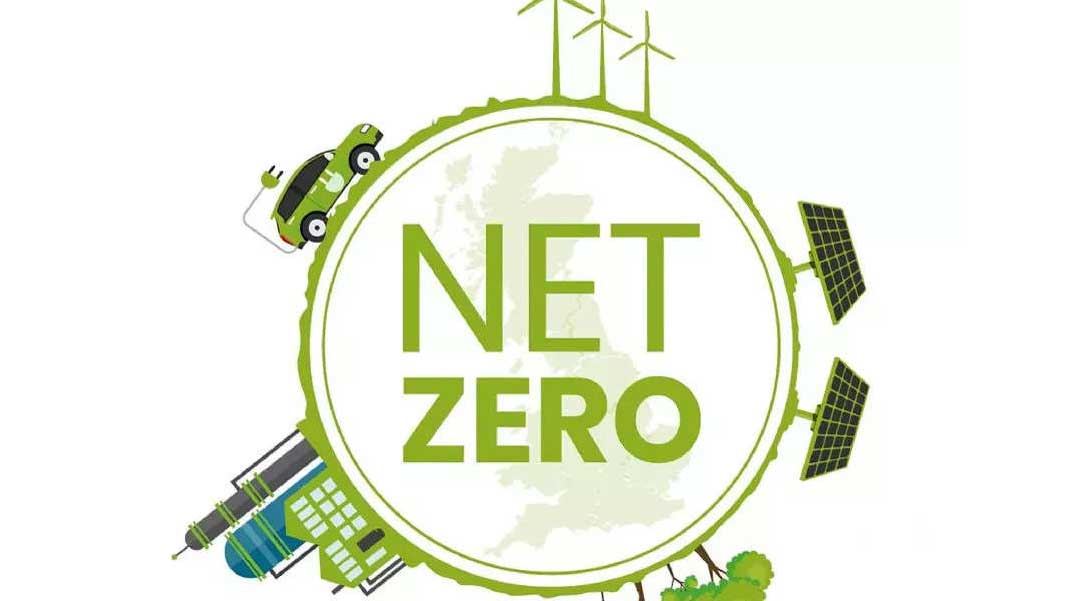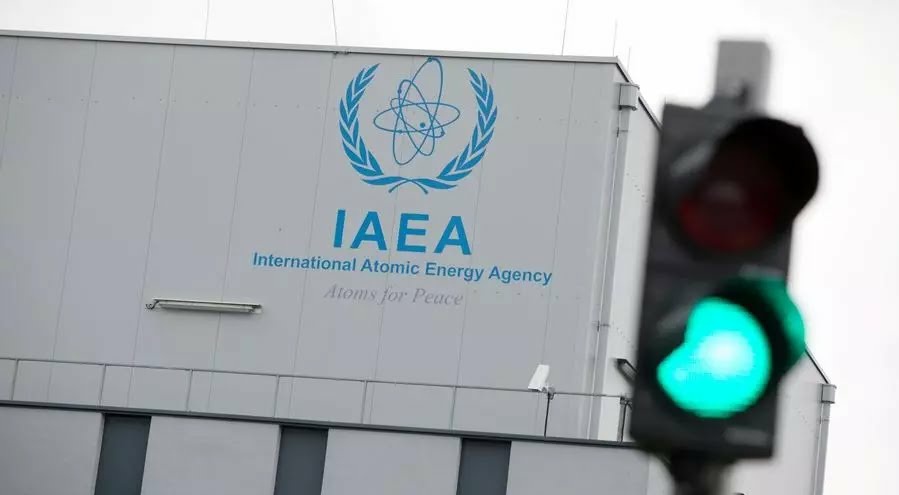
Environmental sustainability remains an absolute necessity for the survival of humanity and related ecosystems now and in the future. It matters little whether it is evidenced by carbon emissions from aeroplanes, diesel and petrol-powered vehicles, gas flaring from petrol-chemical refineries around the world; or, via increasing non-biodegradable plastics and waste on land and sea, fossil fuels from extractive industries, for necessary socio-economic activities, like cooking, heating, transportation; and global warming inter alia etc.
And whilst there is scant debate on that proposition, some of the striking challenges are how to enduringly tackle the problem when counter-balanced against yawning wealth disparities between the global north and global south? Demographic spikes in three global south countries –China, India and Nigeria, together, currently circa 3.07 billion and expected to increase 9.44% to 3.36 billion by 2050 – reasonably imply higher carbon footprints given constrained advances towards net zero carbon emissions.
Who squares that circle and how? On one hand, the variable pace of economic development in those countries can neither be reversed nor halted. However, on the flip side, responsible intermestic leadership and corporate governance, impose a positive moral obligation, and a legal duty of care on States, and others, to protect the environment, greatly minimize or eliminate pollution and, by extension, save lives.
In short, what international law, policy guidelines and statutory frameworks facilitate an intelligent reshaping of the global environmental sustainability landscape? Are they effective? Is the performance evaluation trajectory, in the main, positive or negative, thus far? These pivotal concerns underpin the premise of this treatise.
Perforce, definitional inconsistencies impose an obligation for clarity on the slippery concept of net zero amongst state and non-state actors. For emphasis therefore, I examine three senses in which the term is used. According to the United Nations Climate Action, it means reducing anthropogenic gases to “as close to zero as possible, with any remaining emissions re-absorbed from the atmosphere, by oceans and forests for instance”. Similarly, the London School of Economics’ Grantham Institute of Climate Change and the Environment, affirms that the essence of net zero is to strike an overall balance between emissions produced, and removed, from the atmosphere.
Whereas, the International Standards Organisation (ISO) establishes that net zero is the outcome of human-produced carbon dioxide and alternative climatic warming gases, which can be stripped off the atmosphere. From that trinity, springs the inference that net zero encompasses the reduction of greenhouse and related gases from burning fossil fuels like petrol, diesel, extractive industries etc, which can be removed or counterbalanced through carbon sinks. For example, re-forestation, clean energy, carbon capture and energy recycling.
Building on the relatively limited outcomes of the UN Conference of the Human Environment, held in Stockholm, 1972, from an international law perspective, the foundations of real actions on environmental sustainability were established via the UN Convention on Climate Change (UNCCC), which was adopted at the 1992 Rio de Janeiro Earth Summit. With the aim of cutting carbon footprints, key points in issue, were analysis of alternative energy sources to substitute fossil fuels, which were implicated in adverse global climate change; an evidence-led assessment of the production of toxic waste from the torching of fossil fuels; protection of the world’s maritime resources; climate-related global water shortages, and, a sharper refocus on the use of public transportation in city regions.
Article 2 of the 1992 Convention established the central aim as: “the stabilization of greenhouse gas concentrations in the atmosphere at a level that would prevent dangerous anthropogenic interference with the climate system. Such a level should be achieved within a time-frame sufficient to allow ecosystems to adapt naturally to climate change, to ensure that food production is not threatened and to enable economic development to proceed in a sustainable manner”
Five years later, the UN Kyoto Protocol, 1997, sought to extend the ambitions of the UNCCC 1992, via Article 2 which, inter alia, targeted the regulation and reductions of greenhouse-gas emissions; enhancing energy efficiency in relevant economic sectors; protecting and enhancing the development and enhancement of carbon sinks and reservoirs; catalysing sustainable agriculture and using fiscal policy instruments to secure compliance. However, the biggest challenge impeding compliance was the non-ratification of the treaty by USA, largely given the legally-binding nature of the treat.
That material factor, effectively established a de facto moratorium on a global consensus on environmental protection and sustainability mechanisms, until the UN Framework Convention on Climate Change, 2015, adopted by 197 States, in Paris. The fundamental outcomes stemming from the Paris compacts were aimed at:
i) reducing greenhouse gas emissions from human activity to the same levels that trees, soil and oceans can absorb naturally – known as net zero – between 2050 and 2100;
ii.) “pursuing efforts” to reduce global temperature increases to 1.5 degrees centigrade, whilst keeping them well beneath 2.0 degrees centigrade above pre-industrial times;
iii.) affording each State the flexibility to calibrate its own emissions targets subject to five yearly performance evaluation reviews to track progress and raise ambitions;
iv) encouraging richer nations to help and incentivise poorer nations by advancing funding, that is climate finance, to better adjust to the complexities of climate change and shift to renewable, greener and cleaner energy.
The acid test for the 2015 Paris Convention was the UN’s Conference of Parties (COP) 27, held in Egypt November 2022. Whilst the purposive ambitions were to advance progress on cutting emissions, helping States, especially poorer global south countries, to address climate change and, importantly, securing the necessary climate finance and technical expertise; the practical accomplishments were striking muted.
For one, there was no agreement on the precise mechanics for climate finance to underpin the aspirations of Paris 2015. Two, there was scant agreement on the exploitation of low emissions fossil fuels like gas, paradoxically, amongst the global south States; who, aim to secure lucrative contracts from vast natural gas reserves. According to Statista, Nigeria, for instance, at 2021, had gas reserves of approximately 203 trillion cubic feet (tcfg); Algeria, 159 tcfg; Mozambique, 100 tcfg; Egypt, 63 tcfg and Libya 53 tcfg.
Potential revenues from these resources exceed the US billions. Therefore, it would be strategic naivete to assume the non-exploitation of these resources notwithstanding the competing, albeit, variable aspirations for environmental sustainability. Three, the reform of the World Bank, long demanded by the global north and south, with a view to boosting its financial capacity to fund environmental sustainability, barely materialised. That’s because the bank would require significant recapitalisation to do so and developing countries would require approximately USD 2 trillion by 2030 to accomplish that. The probability of that happening given competing domestic priorities is pretty slim.
Then again, the pernicious outcomes of climate change, unbridled carbon emissions, and continued dependency on coal and other fossil fuels, ought to be put into sharper perspective. To illustrate, 20 million people in East Africa face food insecurity because of drought; the intensity of North Atlantic hurricanes and tropical “el nino” storms will increase; rising sea levels, itself, are already triggering extensive floods; and, intense temperatures spike the propensity for uncontrollable wildfires threatening human existence and related ecosystems. In 2022 alone, European and Mediterranean wildfires, resulted in 41 deaths, the evacuation of over 45,000 people and the destruction of 860, 000 hectares.
Plus, rising ocean temperatures imperil oxygen levels, aquatic and marine ecosystems. Indeed, the devastating December 26, 2004 tsunami, which impacted 14 countries including India, Indonesia, Sri Lanka and Thailand, is a constant spectre of the existential threat confronting humanity and the natural environment. It claimed over 227,897 lives and completely upended communities and that’s barely 19 years ago! Plus, the 2010 BP Deepwater Horizon oil spill in the Gulf of Mexico, the United States’ economic exclusion zone, is regarded as the worst marine spill in the oil industry. It claimed 11 lives, injured 17, persons discharged 210 million gallons, and traversed an area of between 6500 to 176,000 square kilometres.
These significant complexities notwithstanding, huge practical strides have been made in identifying, and mitigating, the significant risks to environmental sustainability and net zero aspirations by various States. For instance, the UK’s pioneering Climate Change Act 2008, reinforces the country’s environmental sustainability credentials by establishing a legally binding net zero emission target by 2050. In addition, European emission standards, encapsulated in EU Regulation No 443/2009 stipulate mean CO2 emissions targets for new passenger cars of 130g per kilometre.
Introduced incrementally through 2012/2015, it was updated via a purposive objective of 95g per kilometre from 2021. And across the Atlantic, the United States’ 2021 strategy, Pathways to Net Zero Green House Emissions, clearly defines how the country can reach its target of net zero by 2050.
Furthermore, article 28 (1), (2) (l) of the Nigerian Code of Corporate Governance 2018, for example, explicitly establishes that each Company’s annual report should provide “clear information on the Company’s governance structures, policies and practices as well as environmental and social risks and opportunities…and highlights of sustainability policies and programmes covering social issues such as corruption, community service, including environmental protection, serious diseases and matters of general environmental, social and governance (ESG) initiatives”
To close, there is a compelling case for States to re-catalyse their cleaner and greener energy policies towards net zero by 2050, and, in the case of the global north, much earlier, as realpolitik priorities dictates. Action is patently required on climate finance to prevent and tackle the aftershocks of climate change, whilst demonstrable assistance is needed to enhance the efforts of poorer nations post- COP27. This is where imagination, vision, effective global leadership, strategic coordination and the political will must go hand in hand and deliver for all.
Therefore, in answer to the environmental sustainability poser on whether net zero is the real deal, the unimpeachable response is a straightforward yes! A claim eloquently corroborated by the environmentalist and 2004 Kenyan Nobel Peace Prize Winner, Wangari Muta Maathai (1940-2011), in her prescient testimony: “the environment and the economy, are really both two sides of the same coin; if we cannot sustain the environment, we cannot sustain ourselves”
Ojumu is the Principal Partner at Balliol Myers LP, a firm of legal practitioners and strategy consultants in Lagos, Nigeria.





